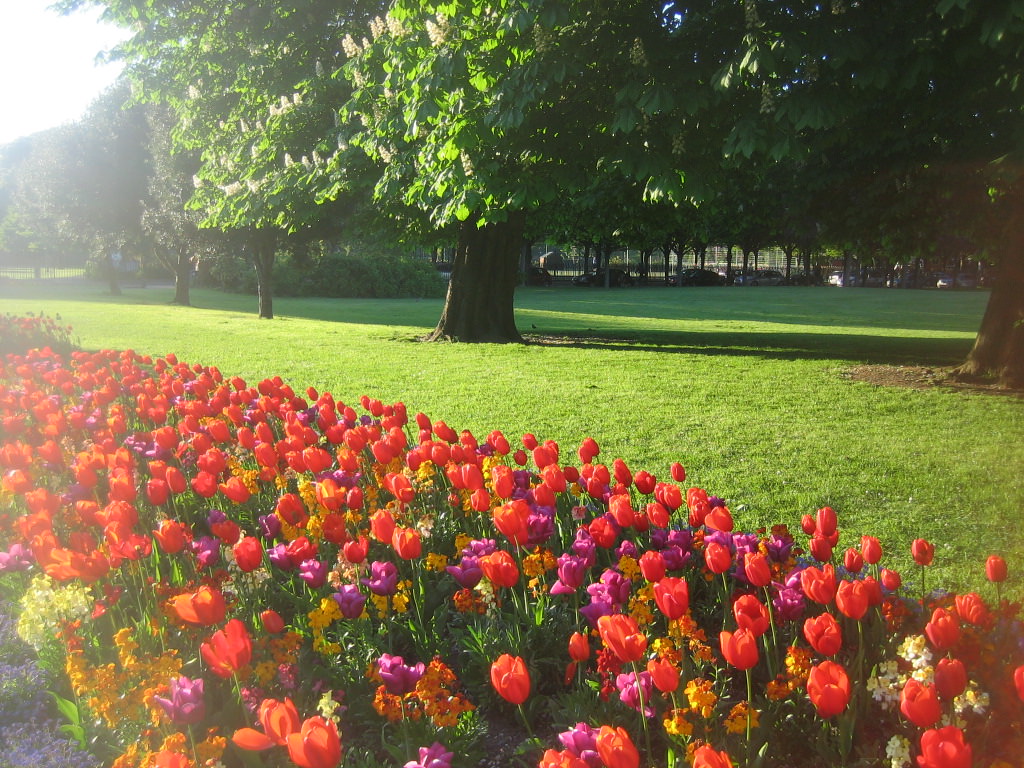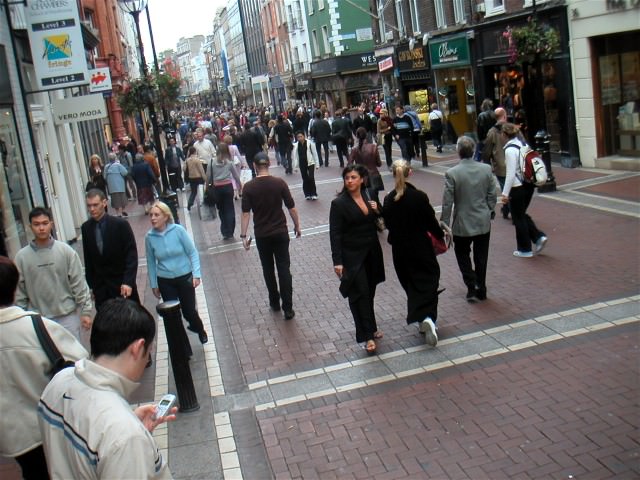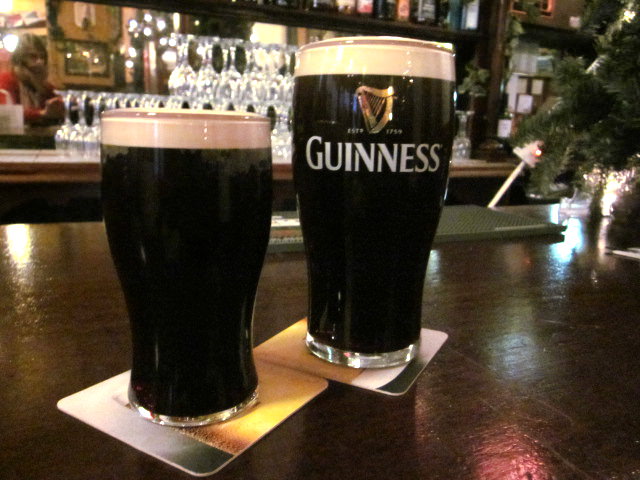There are many things I wish I had known before that first trip to Dublin. Information that would have helped me see more, know where to stay in Dublin, manage my time better, and delve deeper into the city’s history and culture and make sure I saw all the best sights in Ireland.
The first time I landed in Dublin, Ireland it was 7am on a sunny September day. I remember leaving the airport behind, closing in on the city center, seeing the classic pubs and bright Georgian doors. I remember crossing the River Liffey for the first time, bound for the heart of Dublin; St Stephens Green (one of the great sights in Ireland).
Yet, this very first day in Dublin, even through bleary 7am, just-off-an-overnight-flight-eyes, the city made a firm enough impression on me to want to call it home for over two years.
Here is my first time visitors guide to Dublin, full of the insights I wish I had, from where to stay in Dublin, to the great sights in Ireland.
Getting Around Dublin
There are many ways Dublin is different than other capital cities of Europe, and transportation is definitely one of them. Upon arrival at the airport, a visitor will find there is no train or subway service into the city center (there are no subways at all here). You have two main choices: take a taxi or hop a bus service called the Aircoach.
On the Aircoach, each individual person will pay a 12 euro return fare. Yet if you’re traveling in a group, a taxi to the city center will cost only about 20 – 25 euros. The taxi will save you time and money if you’re traveling with 3 or more people. Otherwise, you might want to hop the Aircoach for a 20 – 30 minute ride into the center of Dublin.
Once in the city center, one of the cool sights in Ireland, there are several ways to get around. Some visitors depend on taxis while others are more creative. Dublin is home to a bike share program, where for 2 euros (you must use a credit card) you can rent a bike and cycle around the city. Alternatively, check out the Dublin Bus website in advance to research central routes or hop the tram system, called the LUAS, to get around without needing a taxi.
Dublin Practical Information
The currency in Dublin is the euro. There are several ways to get local currency upon arrival, including ATMs, foreign exchange at the airport, or walking into a local bank in Dublin to make an exchange (this doesn’t carry the same hefty fees as foreign exchange at the airport).
Another important piece of practical information concerns tipping. In restaurants where you are served at a table, a 10% tip is sufficient. If you’re ordering drinks at the bar, no tip is necessary, and the bartender will not expect one. A nice tip for a taxi is 10% although don’t be surprised if a driver provides you with all your change.
Click here for additional Ireland Tourist Information.
Where to Stay in Dublin
Wondering where to stay in Dublin to most take advantage of the best sights in Ireland? Dublin is divided by the River Liffey: the north side and the south side. Generally, visitors stay on the south side of Dublin, and this is what I would recommend. While a few attractions are on the north side (such as the Abbey Theatre and the Dublin Writers’ Museum), most of the attractions, and certainly the most pleasant areas to walk around and explore are on the south side.
That being said, if you want to know where to stay in Dublin, you are going to want to stay in a hotel with a Dublin 2 (very central) or Dublin 4 (next best central) post code. St Stephens Green is often considered the heart of Dublin, so one way to determine whether a hotel is right for you is its proximity to this park.
Two classic hotels are located right near St Stephens Green: the Shelbourne and the Merrion, both 5-Star properties. If you’re looking for a boutique experience check out the5-star Dylan Hotel or the 4-star Aberdeen Lodge in heart of Ballsbridge or the Schoolhouse Hotel. If you’re traveling on a budget, check out the 3-star Sandymount Hotel.
Many hostels are located on the north side of Dublin, but the truth is, since the crash of the Celtic Tiger there are many affordable hotel rooms to be found in this city without needing to book a bed in a hostel. See more of my suggestions for Dublin hotel choices.
Must See Sights in Dublin
There are a few central sights in Ireland that will form the core of a first trip to Dublin. The first I’ve already mentioned, St Stephens Green. From here, it is easy to take a stroll along Grafton Street, a pedestrianized shopping street known for street performers and department stores.
Dublin is a city with an impressive literary history, and there are many museums where you can learn a bit about Dublin’s literary past. A great place to start is the National Library of Ireland, with its fantastic interactive exhibit on the Nobel-prize winning poet W.B. Yeats. If you’re interested in art, check out the National Gallery of Ireland or the Irish Museum of Modern Art. For history, you will want to arrive at Trinity College early one day to see the Book of Kells and the Long Room Library. To see all that Dublin has to offer at a discount, be sure to purchase a Dublin Pass.
Other than literature, Dublin is well known for another great export: Guinness. The recipe for Guinness is older than the United States of America, and it has been brewed in the same place, St James’s Gate, for all this time. Buy your tickets in advance to skip the line at the Guinness Storehouse, and after taking in the museum, sip on a perfect pint while enjoying an incredible view over the rooftops of Dublin from the Gravity Bar.
While Dublin might not have a reputation as a culinary city, if you go to the right places you’ll discover the truth. Ireland is home to a range of culinary artisans and talented chefs that have redefined the idea of Irish cuisine. You’ll find great examples of this fresh, exciting food at the Temple Bar Market, where you can sample Irish cheeses and just-shucked oysters. Two of my favorite restaurants for trying out local cuisine are the Winding Stair (set in a former bookshop) and the Ely Winebar (set in the basement of a historic Georgian building).
A little research in advance will make for a smooth first trip to Dublin. Familiarize yourself with public transportation, keep an open mind regarding Irish food, and choose a central location for a hotel so all the delights of this friendly city will be right at your fingertips.
Written by Jessica Colley for EuropeUpClose.com






